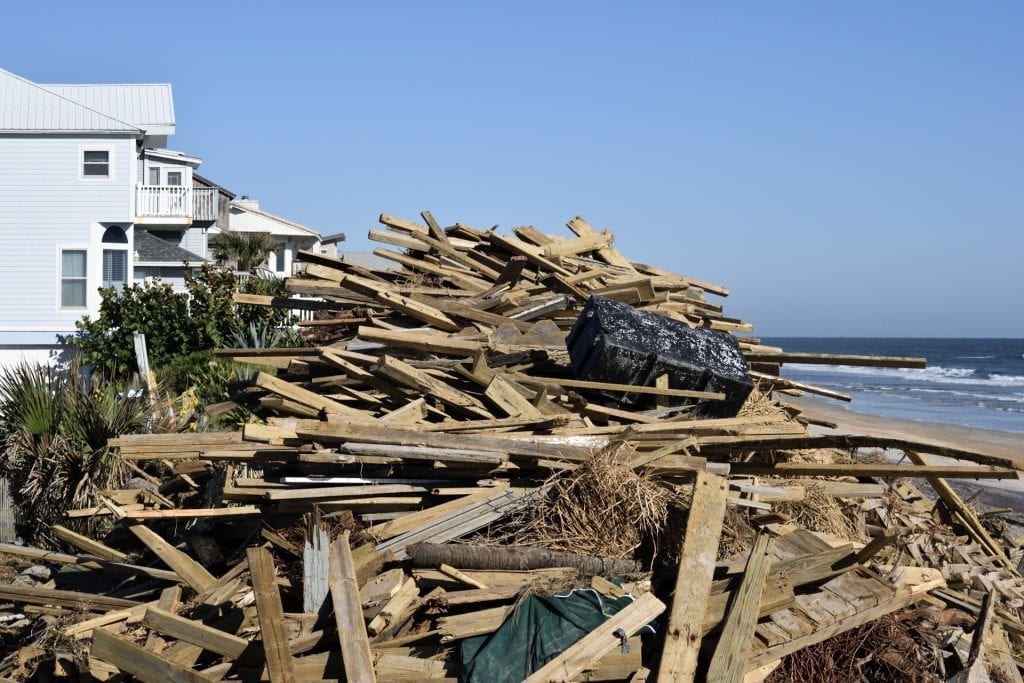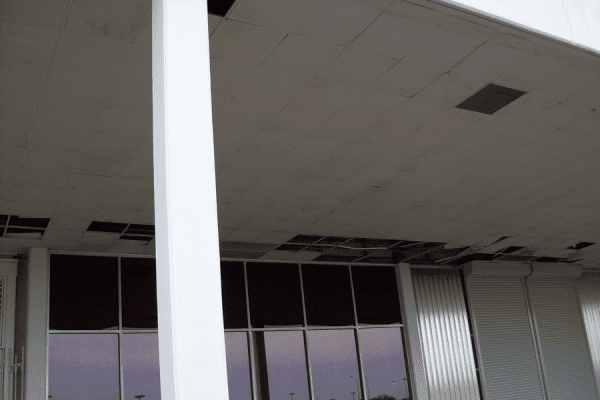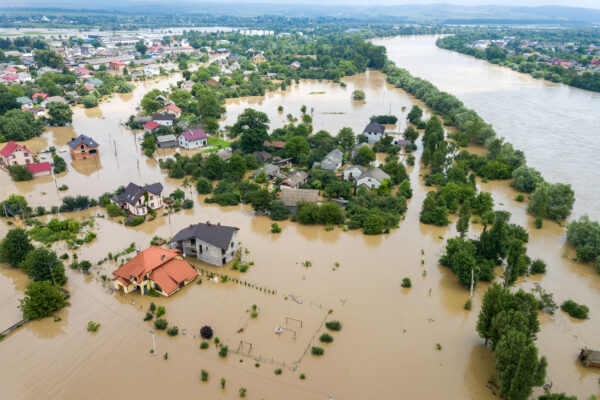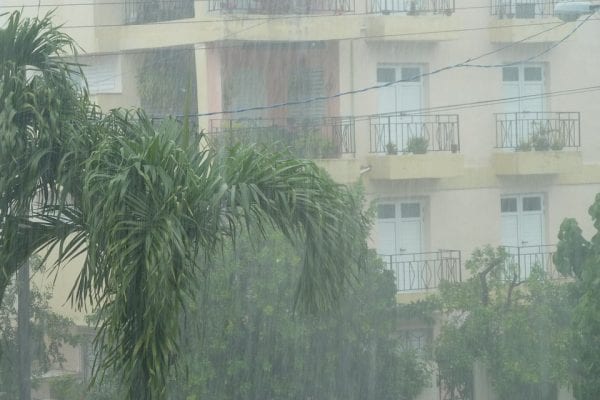It’s been two months since Hurricane Matthew swept through Florida and the Southeast, killing at least 49 people and causing economic losses of between $4 and $6 billion. The hurricane left over a million people without power across Florida, and caused several millions of dollars worth of damage to the Kennedy Space Center, due to rainwater infiltration.
As the storm approached, businesses and property owners across the region scrambled to prepare for it, while quality catastrophe response teams went into overdrive to ensure they were ready to handle it.
While many of these businesses and properties are back to normal again, others continue to struggle with issues arising out of Matthew’s visit. When poorly managed, water infiltration (the biggest cause of hurricane damage) can lead to lingering mold and continuing structural damage. These problems can go undetected for weeks or months, and continue to cause additional damage until it is eventually discovered.
The biggest difference between properties that get back into business quickly and stay on track after a storm, and those that continue to face months or even years of expensive problems, lies in the relationships they built before the hurricane season. The relationship with quality moisture consultants is particularly important, and often neglected. Let’s take a look at how this played out during and after Hurricane Matthew.
As the Hurricane Approached
When you’ve got a well-equipped and experienced catastrophe response team, they’ll be hard at work long before the storm hits. As soon as news arrived that Hurricane Matthew was on its way, GLE teams reached out to all of our clients to let them know we were on top of it and available to them. Our contractor partners likewise reached out to us to let us know what they expected to need from us, and we went to work making sure our resources and logistics were lined up with theirs to provide fast and effective response.
As the hurricane worked its way across Florida, we remained in constant contact with our contractors and clients. Because we have offices, equipment, and personnel across the Southeast, we were able to access resources from outside the region as well, putting them in readiness for the moment we could get on site and assess the damage.
After the Hurricane
As soon as each affected area was opened to traffic, our teams got on site with the catastrophe response team to assess water damage and develop a rapid response plan. Because of our expertise, specifically in water intrusion, we were able to quickly identify and develop a remediation plan for all areas of infiltration. Our infrared imaging technology ensured that no areas of moisture intrusion were missed, no matter how difficult to spot. We used moisture meters to confirm the degree of water damage and to aid in determining necessary remediation measures.
One of our clients is a large apartment complex, located in Daytona Beach, FL. We identified significant water damage to building materials throughout the complex, and presented our conclusions to the remediation contractor. Without this information, the contractor might easily have overlooked many of these areas, and reconstructed the visible damage without addressing the underlying moisture issues. With our assistance, they proceeded with confidence, knowing where and what to address, prior to reconstruction efforts.
For property owners, the benefit of these advance relationships is enormous. When contractors and moisture infiltration experts work closely together, and address water problems immediately, the risk of future mold growth is significantly reduced, and overall costs are much lower.
What to Look for in a Water Infiltration Expert
In order to gain these benefits, it’s necessary to have your contractor relationships in place before the hurricane hits. Once the storm is on its way, it’s too late. Reputable contractors will already be in full preparation and response mode with existing clients, and you won’t have time to vet your options among those that still have availability.
Look for an experienced, qualified contractor with multiple geographic locations. Multiple locations ensure that even if one of their offices is within the affected area, they’ll be able to access resources from other locations to respond to your needs. Don’t underestimate this factor! During the Hurricane Matthew response effort, our teams in Jacksonville were impacted by the catastrophe themselves and initially unavailable to assist in the effort. This did not adversely impact our clients, however, because we were able to mobilize teams from Orlando, Tampa, Gainesville, and Ft. Lauderdale, Florida and Atlanta, Georgia.
The coordinated effort of our teams from across the region with our qualified contractor partners made the recovery for our clients fast and relatively painless. We wish the same to all those affected.






